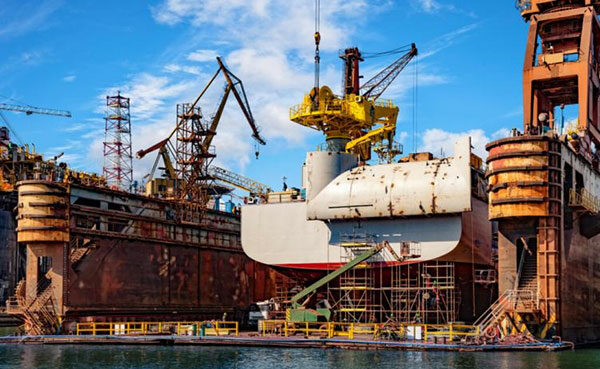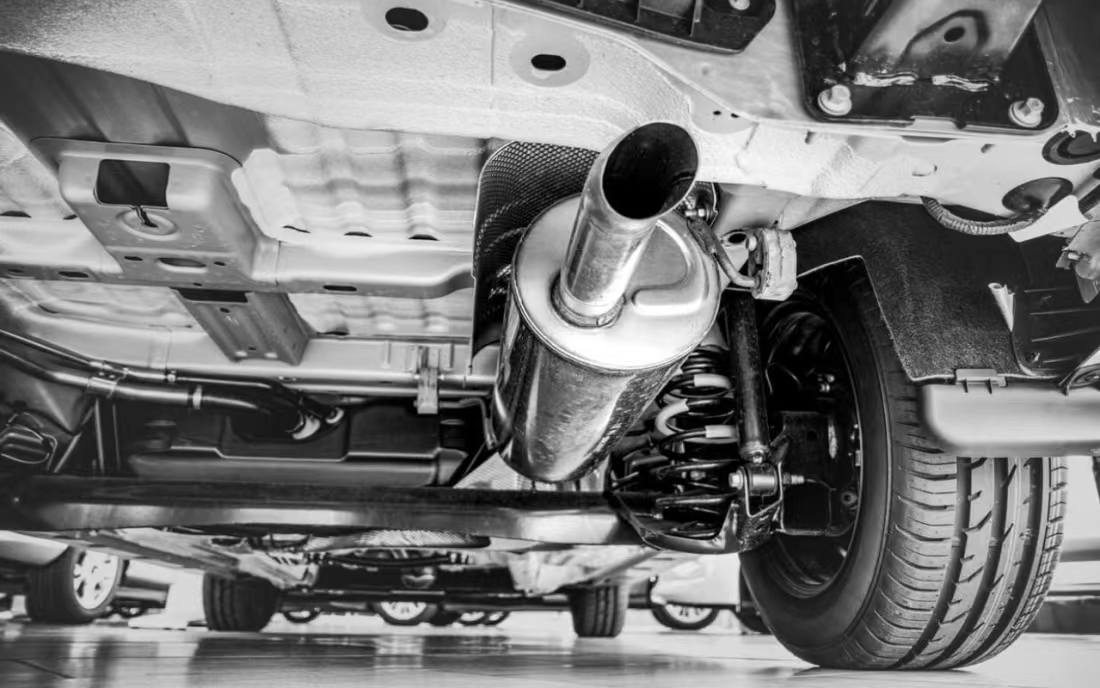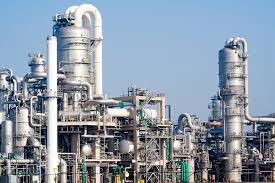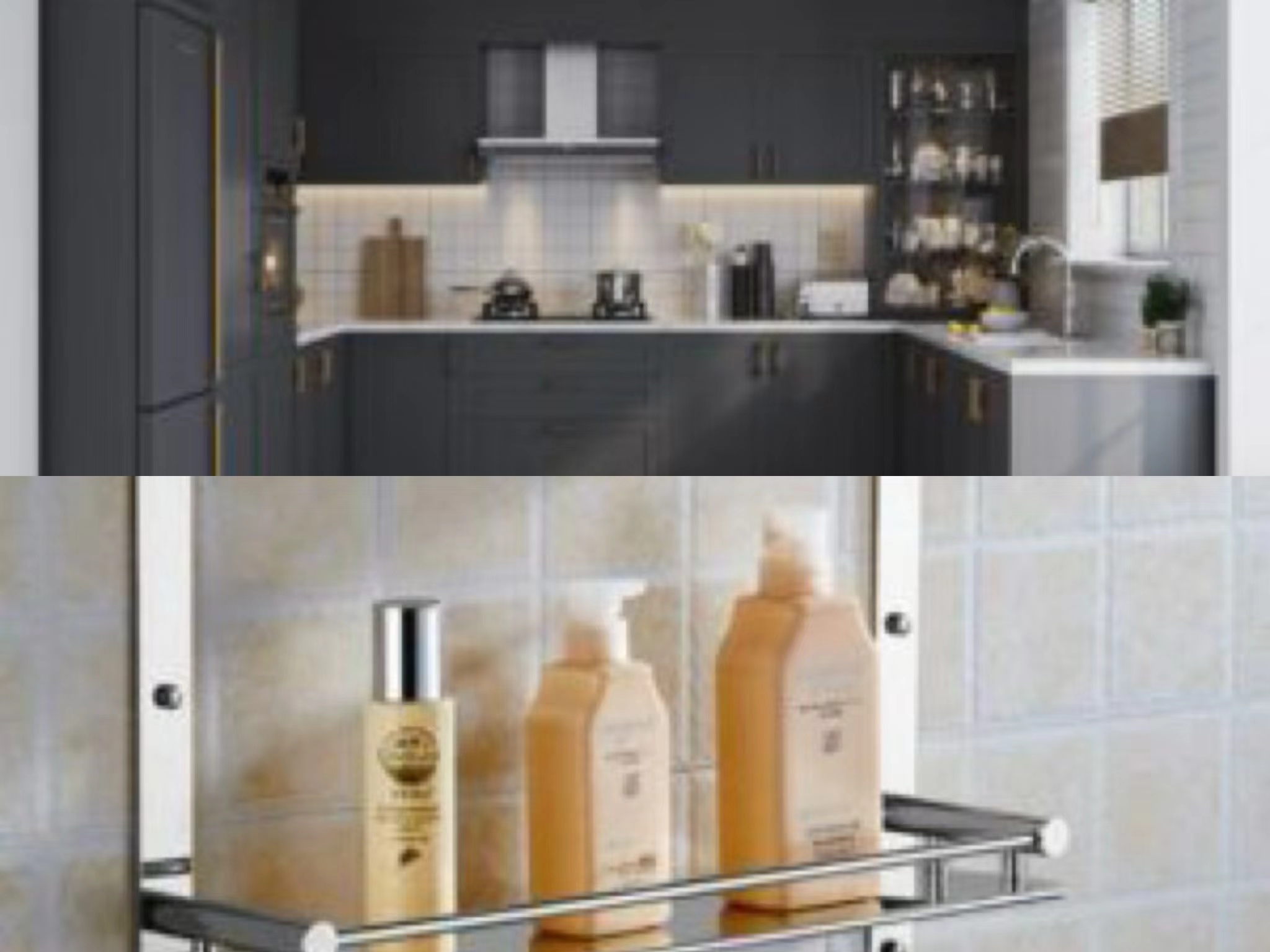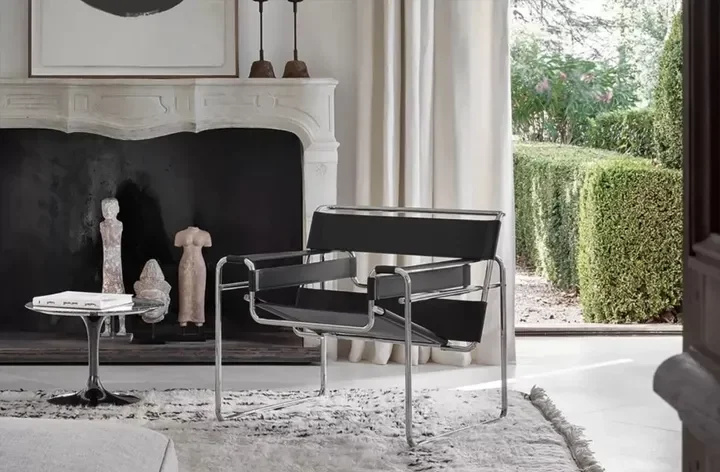| | |
| Welded from hot or cold rolled plate, sheet or strip 1D, 2D, 2E, 2B | |
| Welded from hot rolled plate, sheet or strip 1D, descaled | |
| Welded from hot rolled plate, sheet or strip 1D, heat treated, descaled | |
| Condition W1 + heat treatment under controlled atmosphere | |
| Welded from cold rolled plate, sheet or strip 2D, 2E, 2B, descaled | |
| Welded from cold rolled plate, sheet or strip 2D, 2E, 2B, heat treated, descaled | Except for the weld, essentially smoother than for types W1 and W1A |
| Welded from cold rolled plate, sheet or strip 2D, 2E, 2B, bright heat treated | |
| Welded from hot rolled or cold rolled plate, sheet or strip 1D, 2D, 2E, 2B, heat treated if appropriate, at least 20 % cold formed, heat treated, with re-crystallized weld metal, descaled | Metallically clean, weld scarcely recognizable |
| Welded from hot rolled or cold rolled plate, sheet or strip 1D, 2D, 2E, 2B, heat treated if appropriate, at least 20 % cold formed, bright heat treated, with re-crystallized weld metal | Metallically bright, weld scarcely recognizable |
| | Metallically bright-ground, the type of grinding and degree of roughness shall be agreed at the time of enquiry and order ᵉ |
| | Metallically bright-polished, the type of polishing and degree of roughness shall be agreed at the time of enquiry and order ᵉ |
ᵃ The symbols W0, W1 and W2 are not applicable to ferritic steels. ᵇ Symbols of flat products according to EN 10088-2. ᶜ For tubes ordered with smoothed welds ("bead worked"), the letter “b” shall be appended to the symbol for the type of condition (e.g. W2Ab). ᵈ Conditions W2, W2A, W2R, WCA or WCR are usually used as the starting condition. ᵉ The enquiry and order shall indicate whether the requirements for grinding or polishing applies only to the internal or external tube surface, or both the internal and external surfaces. | ᵇ Symbols of flat products according to EN 10088-2. | ᶜ For tubes ordered with smoothed welds ("bead worked"), the letter “b” shall be appended to the symbol for the type of condition (e.g. W2Ab). |

